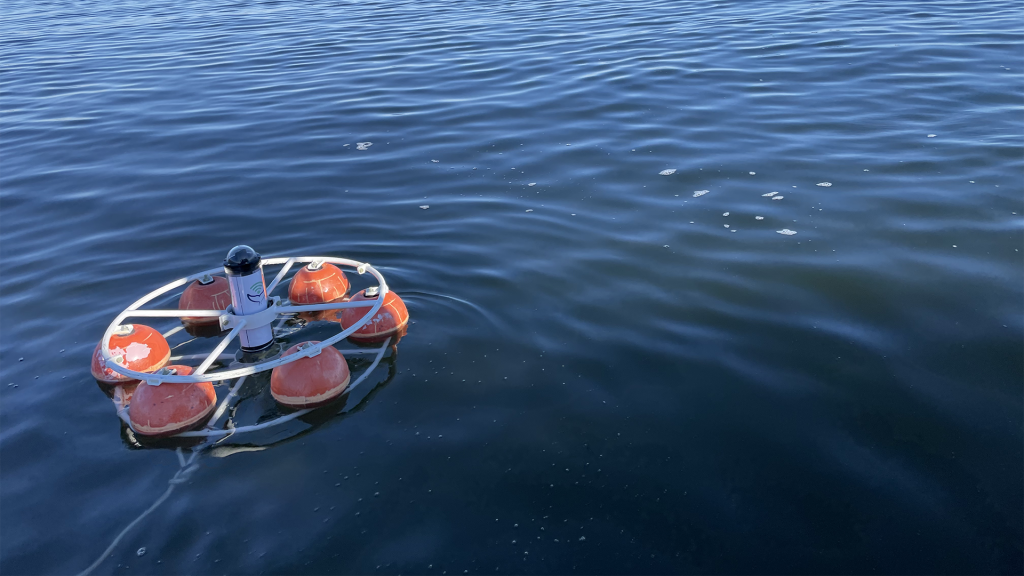
trend:
Smart & Intermodal Port / Sustainable Marine Resources
year of foundation:
2020
founders:
Tommaso Melodia CEO Emcran Demirors CTO
Hydronet is developing an efficient, scalable, secure software-defined and AI-driven technology to enable real-time and high-speed data exchange and communication underwater.
The startup provides sensing systems and networks allowing seamless integration of underwater assets without need for a pre-existing communication infrastructure. Its mission is to bring the Internet underwater to drive the growth of the blue economy.
meet the startup
The Blue Economy is driven by wide variety of industries that include aquaculture, traditional fisheries, marine renewable energy, defense, and shipping. Yet, the growth of this sector is limited because of the constraints that currently exist within underwater communication platforms. With the help of Hydronet, the Blue Economy will be supported with the first technology that allows for underwater networks of moving and static assets. HydroNet: enabling the blue economy with a 21st century, AI driven, software-defined wireless underwater Internet.
We asked Hydronet’s founder Tommaso Melodia and senior business developer Toby Stapleton to tell us more about their startup and its core experiences.
What led to the creation of Hydronet?
At Hydronet we are passionate about improving underwater communications. We see this as a way to better our understanding of the ocean environment, advance environmental monitoring, and improve the health of our oceans. Our team has been developing the underlying technology that powers Hydronet for more than a decade. The technology is now ready to be commercialized so we are now working to bring Hydronet to market in a variety of industry sectors.
What is your mission?
Hydronet’s mission is to bring the Internet underwater to empower it with AI-driven software-defined technologies.
What is your market?
Hydronet’s priority markets include defense, underwater vehicles, offshore energy, ports & shipyards, traditional fisheries, aquaculture, and environmental monitoring.
What are your expectations and experience so far with Faros?
The Hydronet team has been pleased with our experience with the FAROS accelerator program. It has helped us to formalize our strategy for entering the Italian and European market, make connections with key stakeholders, and provided us with connections to other Italian startups in the blue economy sector.
What’s next? What are the objectives and plans for the future?
Hydronet’s objectives include completing our product development, finalizing our service offerings, and completing an in-water demonstration with a strategic partner.
What can you tell us about your work with the US Navy?
Hydronet received funding from the US Defense Advanced Research Projects Agency (DARPA) Small Business Innovation Research (SBIR) program and we entered into a Cooperative Research and Development Agreement (CRADA) with the Naval Undersea Warfare Center (NUWC) Division Newport. Because of these partnerships, we were able to test our system at NUWC’s Narragansett Bay Test Facility. The test was a complete success, the results were fantastic, and everything functioned as it should be. We are now working to further improve data rates, generate a real underwater network that’s wireless, and integrate our systems with Uncrewed Underwater Vehicles (UUVs). This was mentioned at the NUWC release.
What are your experiences with working in different countries (USA & Italy)?
The markets, and regulatory environment, are different between the US and European markets. So FAROS has been very helpful in connecting us with resources, educating us about these differences, and helping us to navigate both the Italian and broader European markets.



